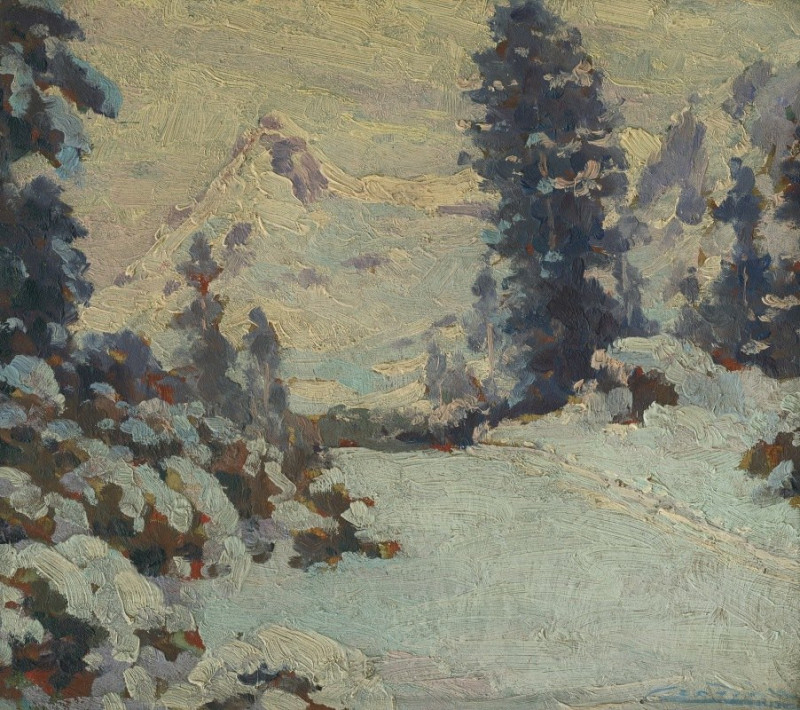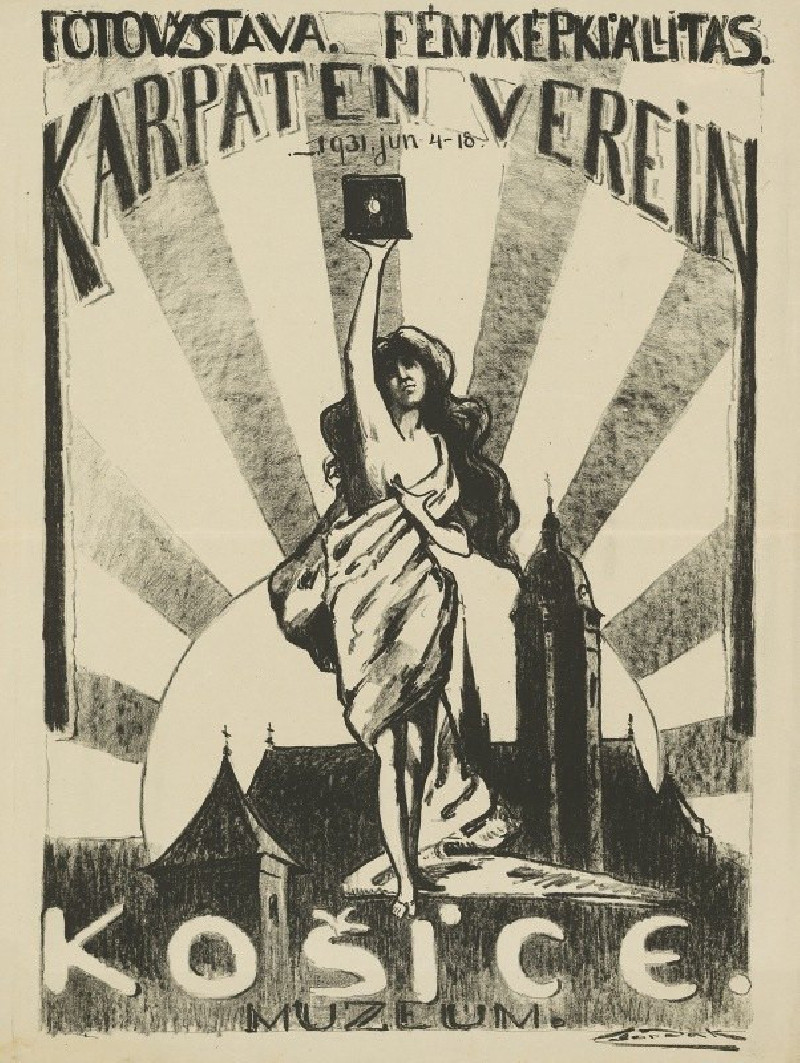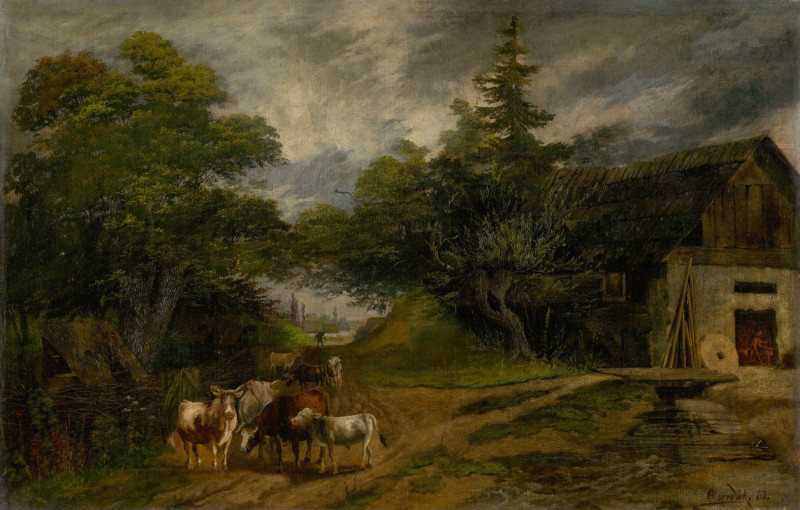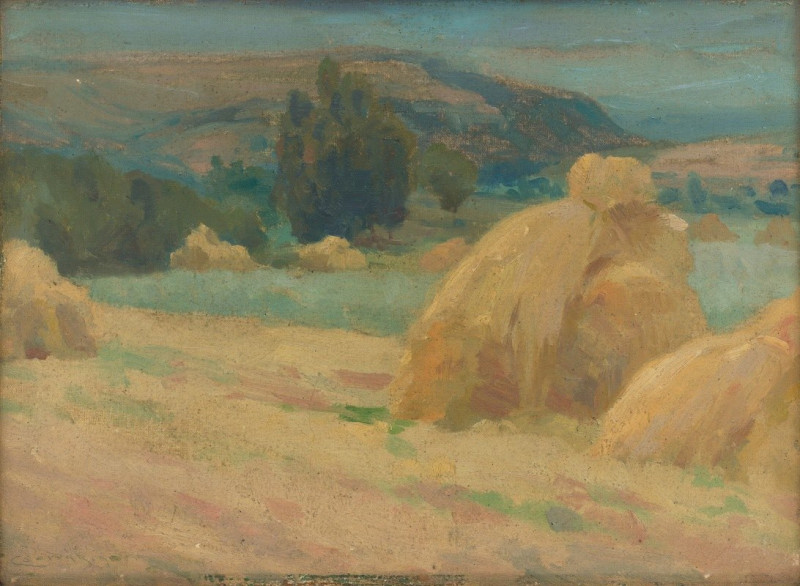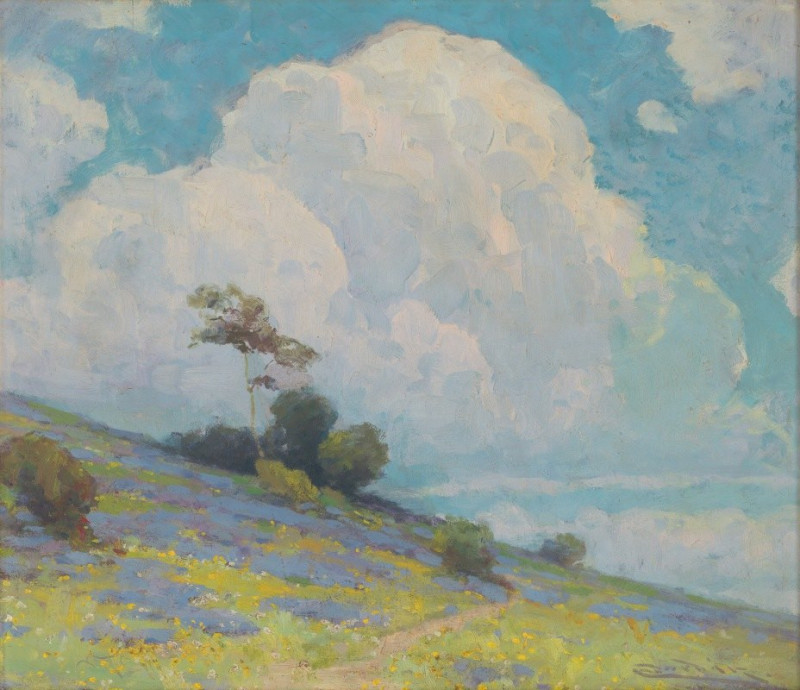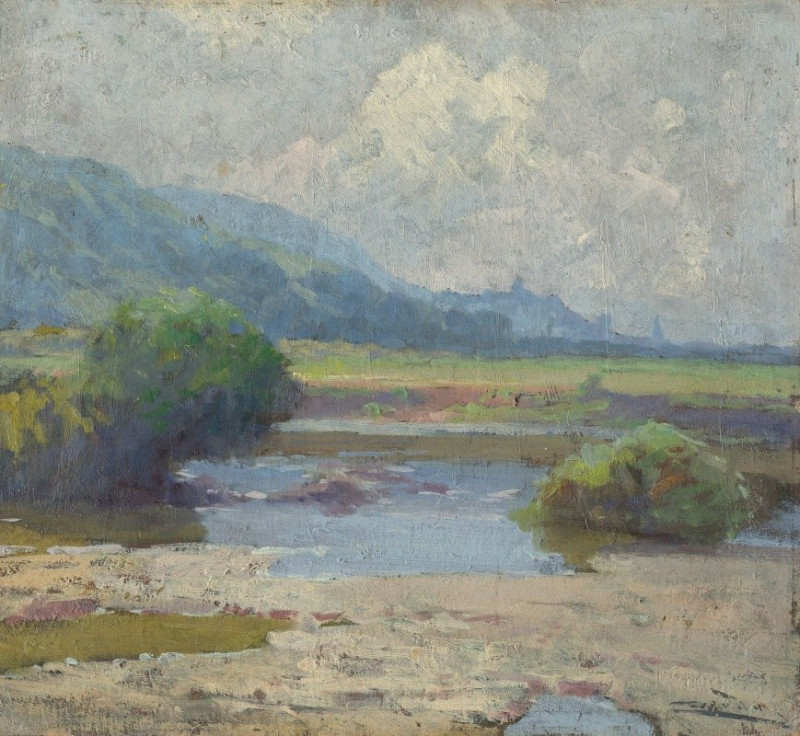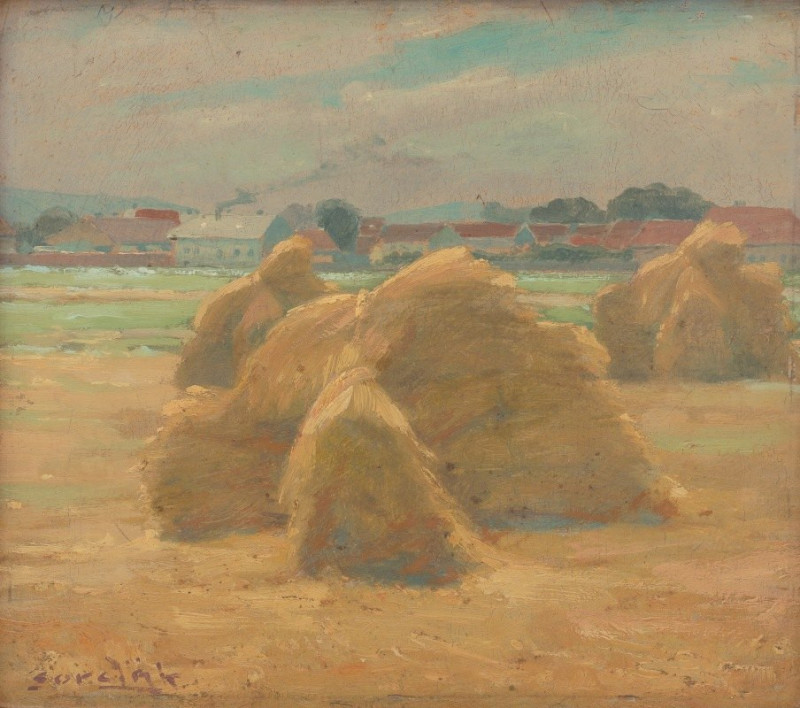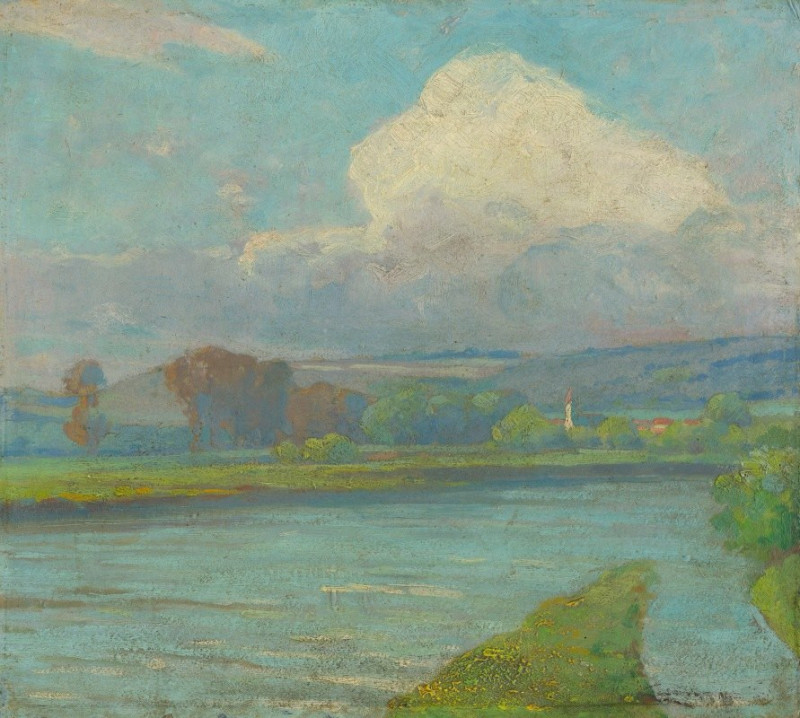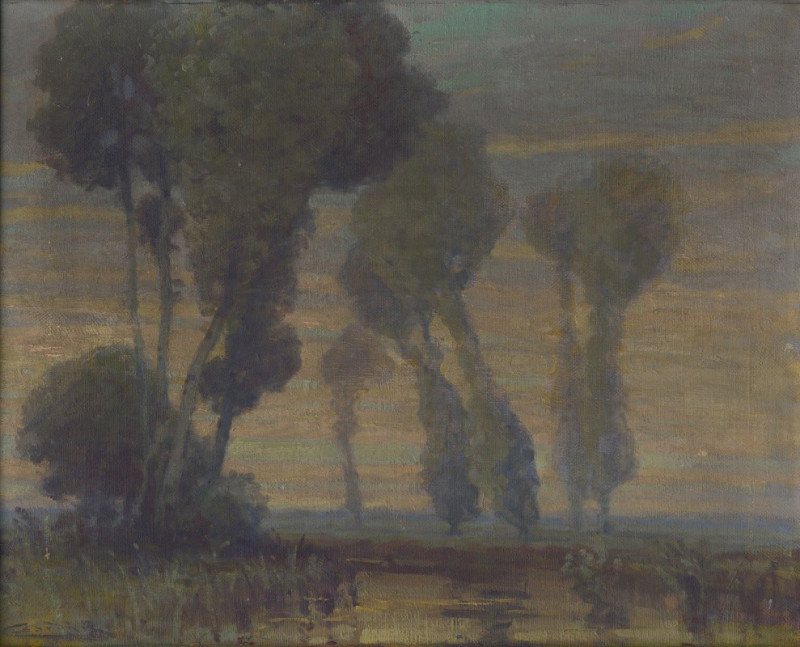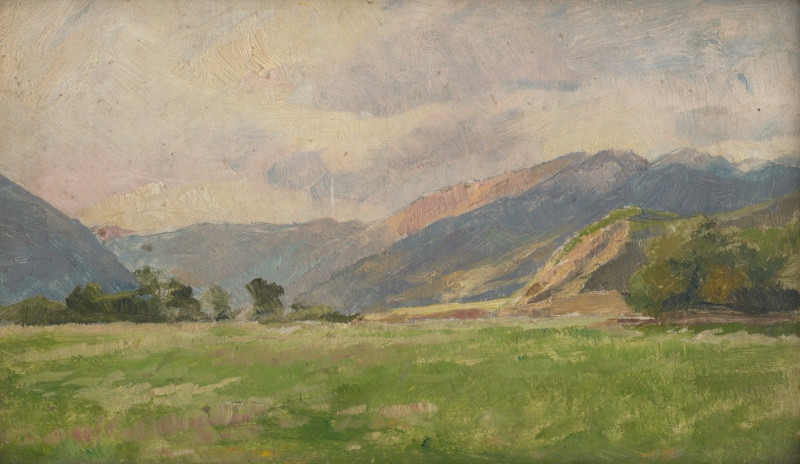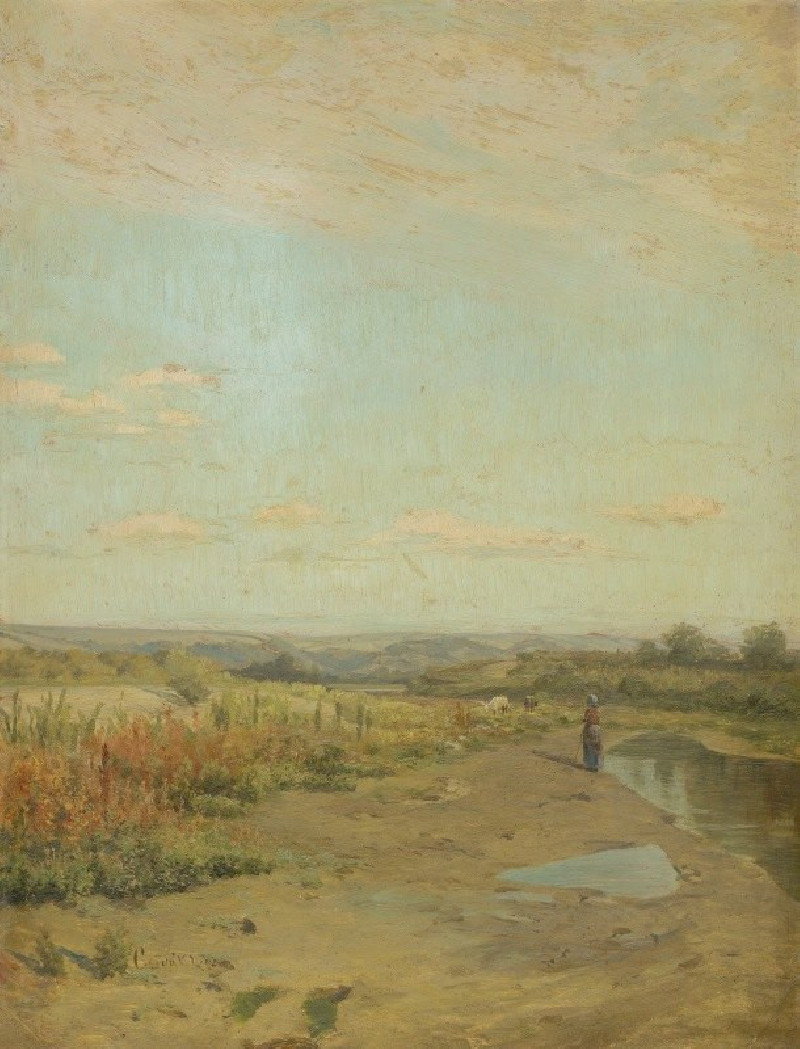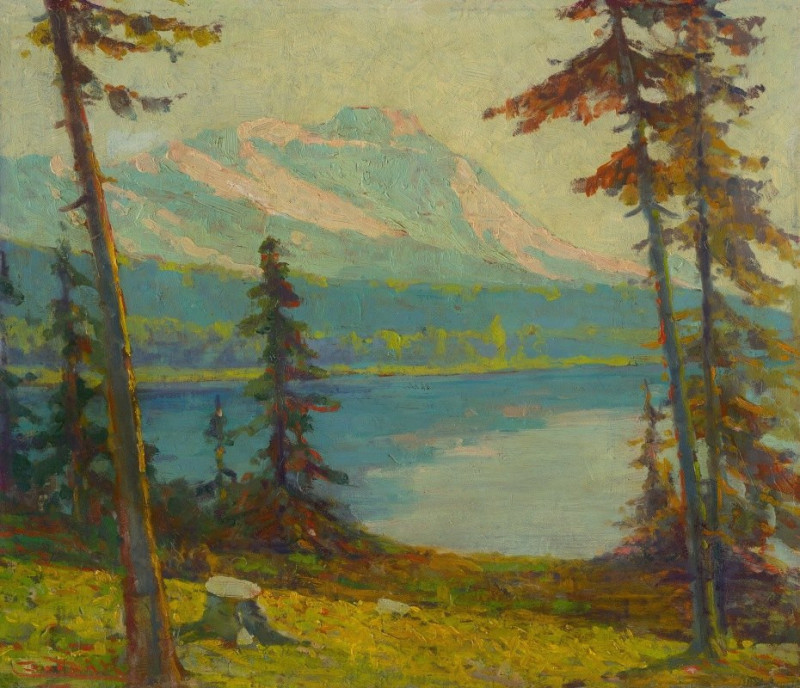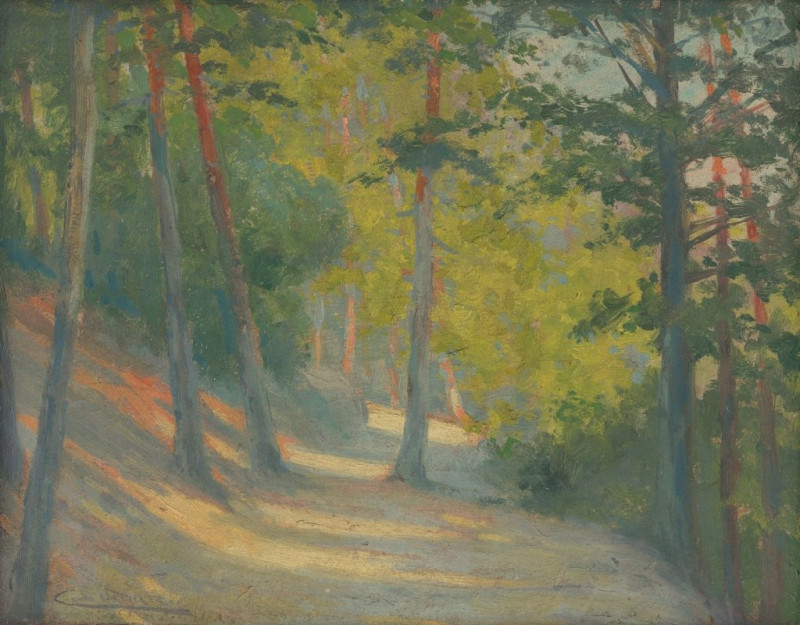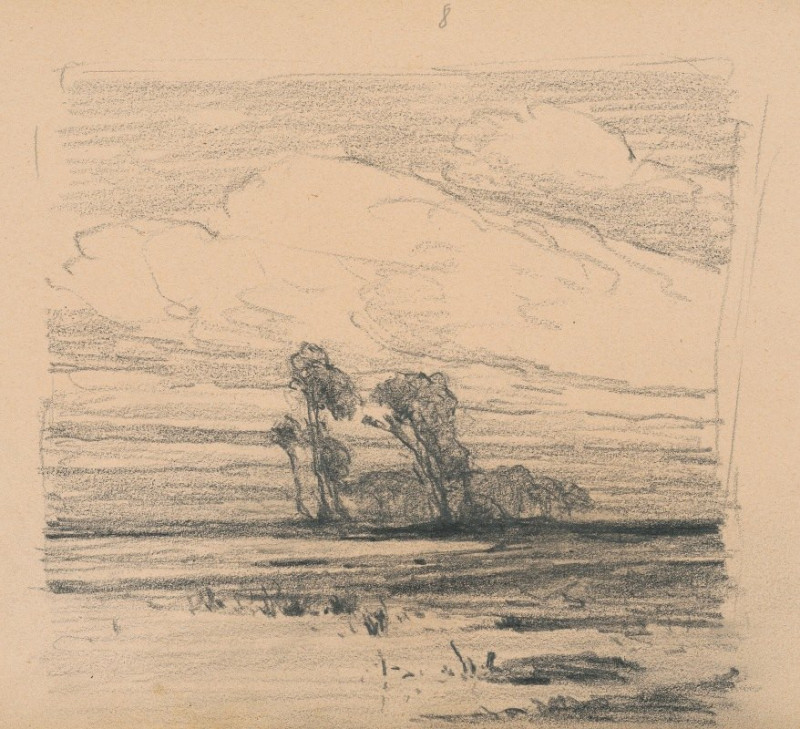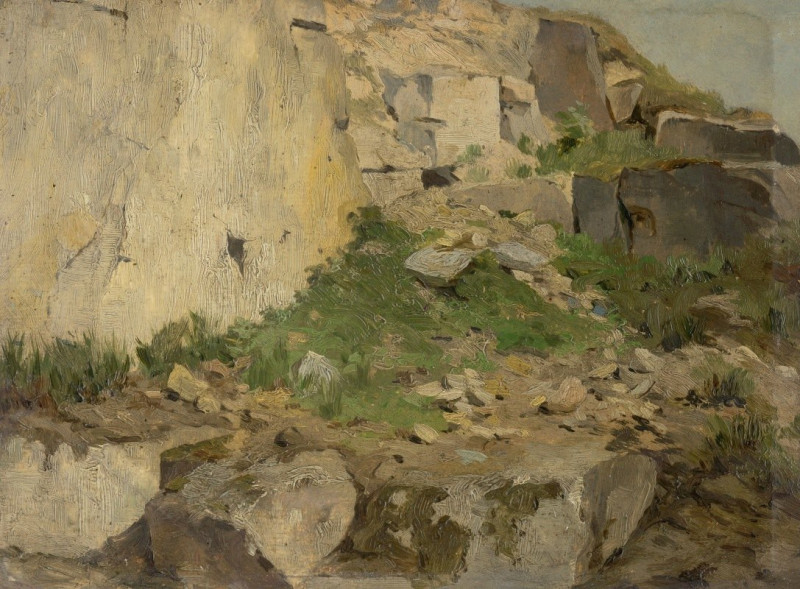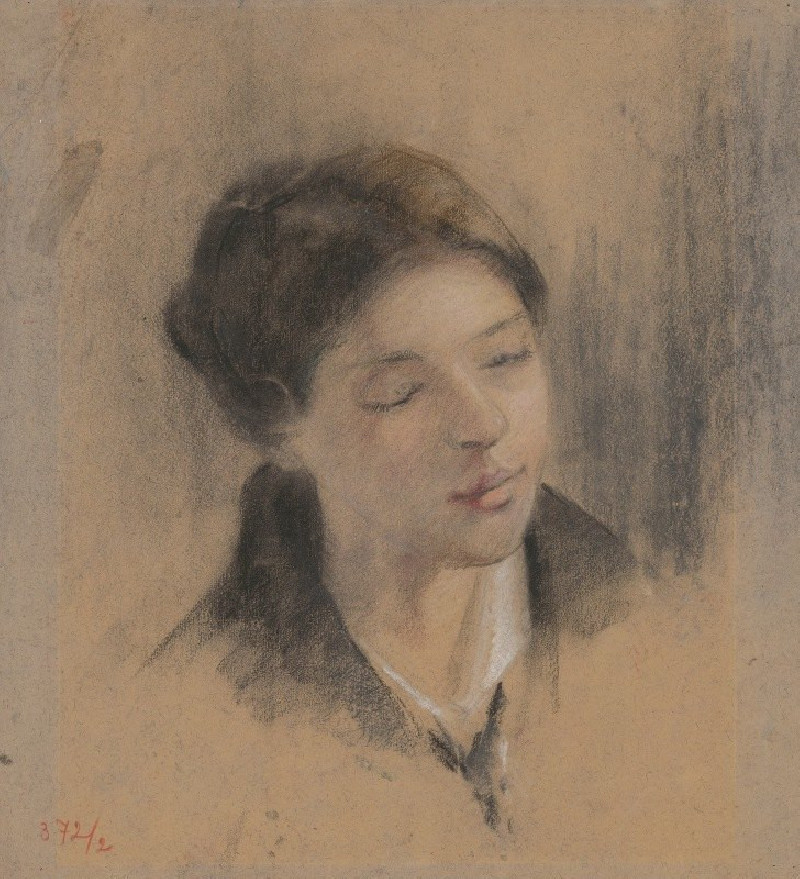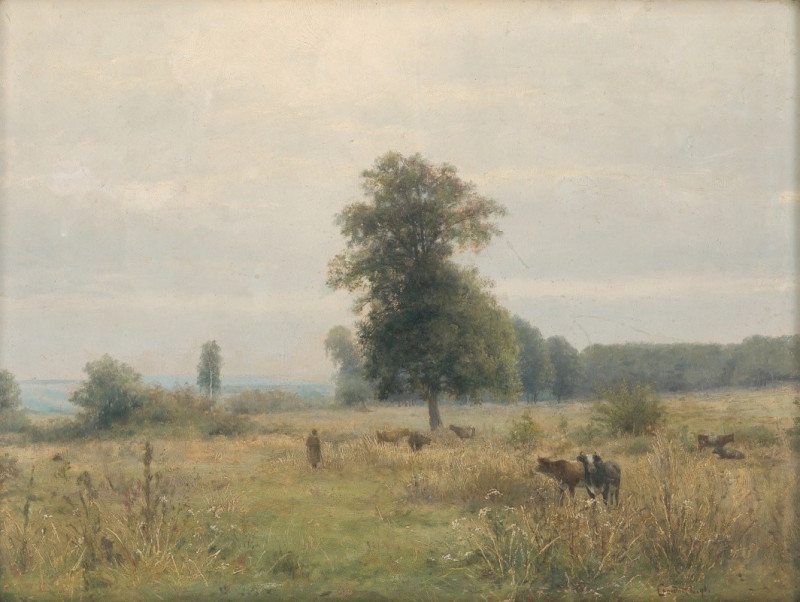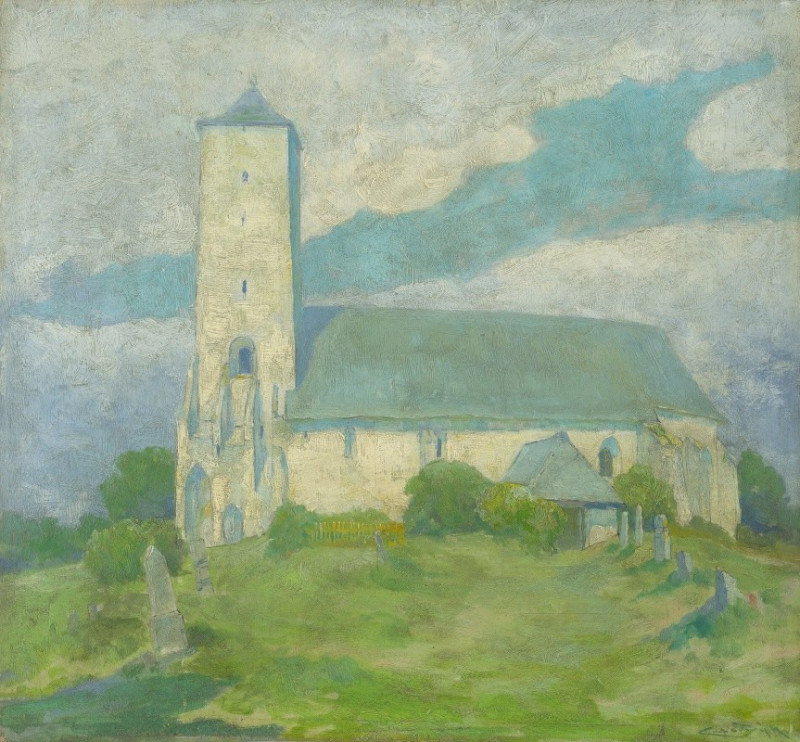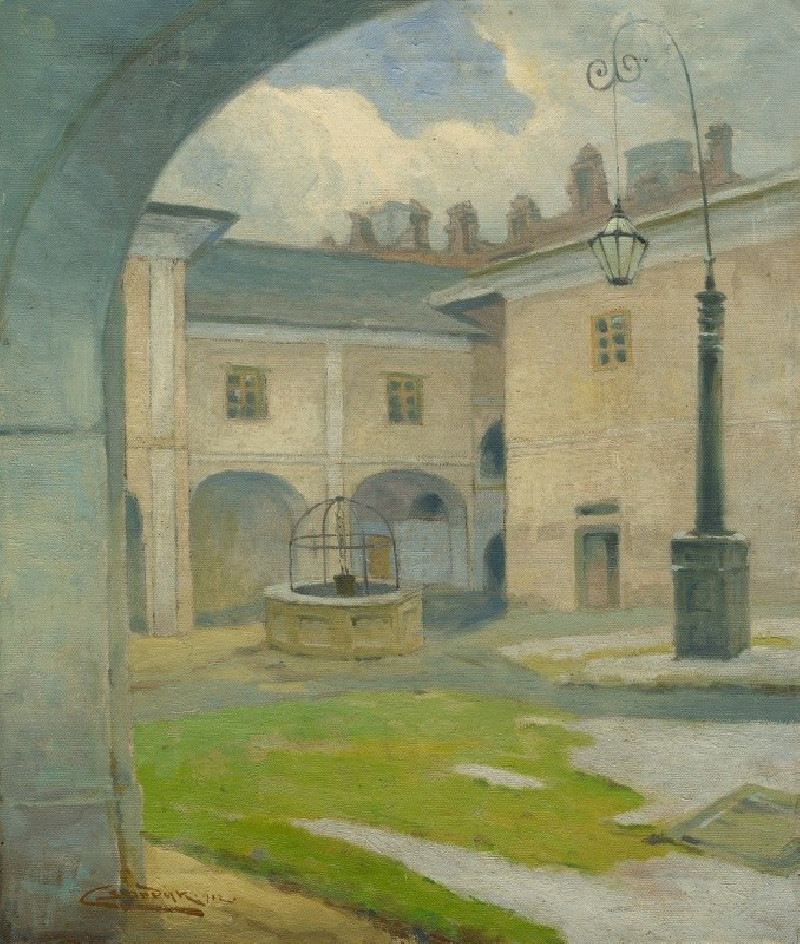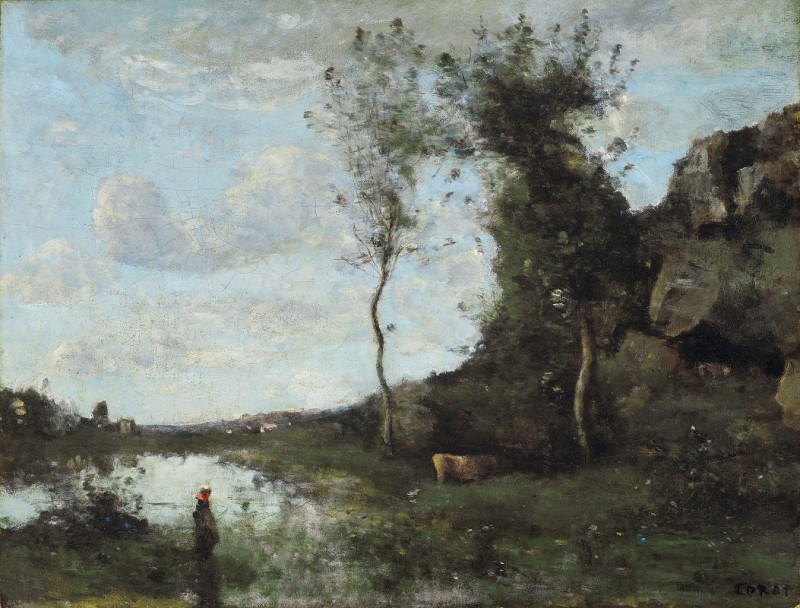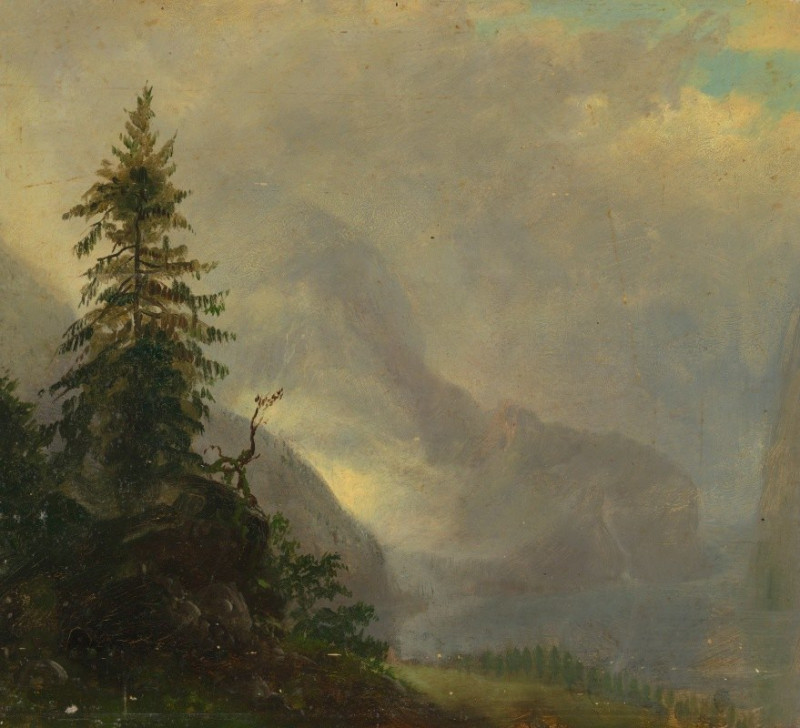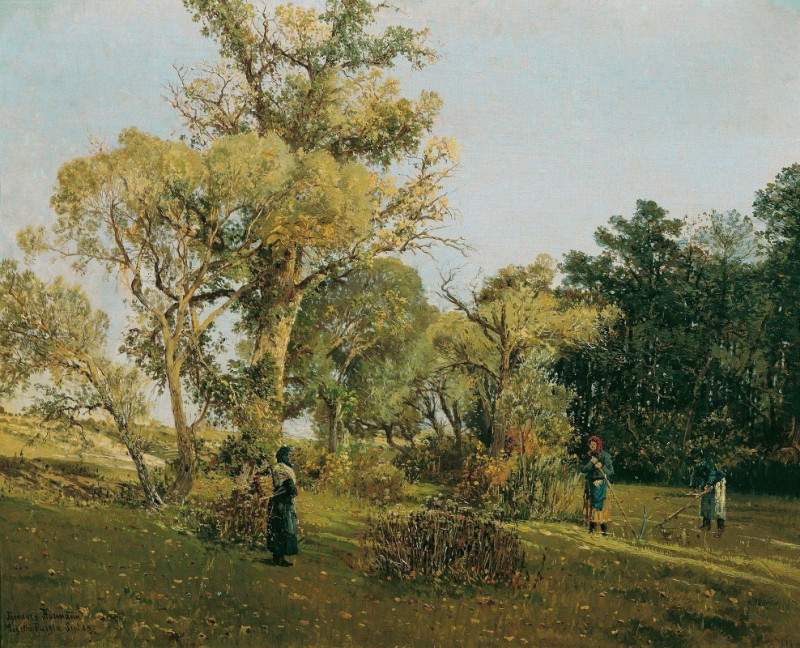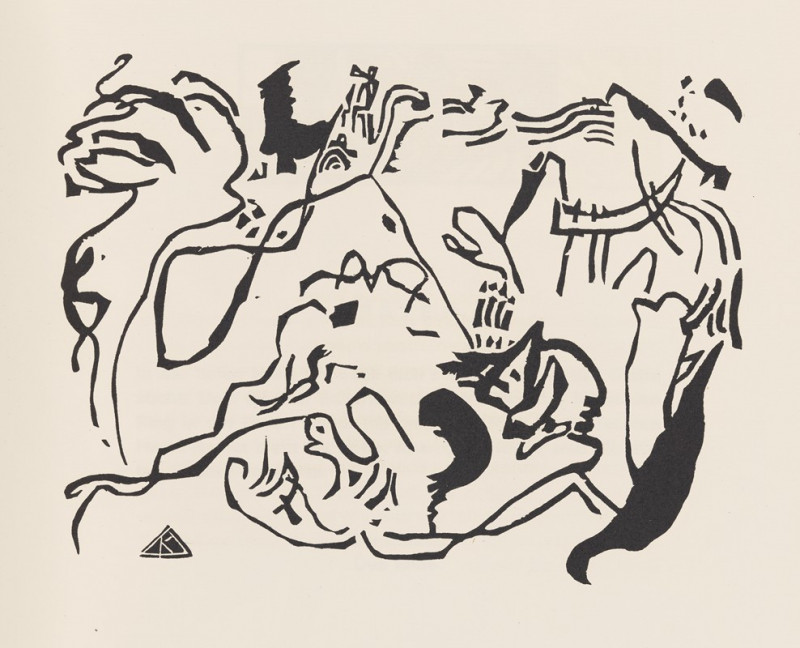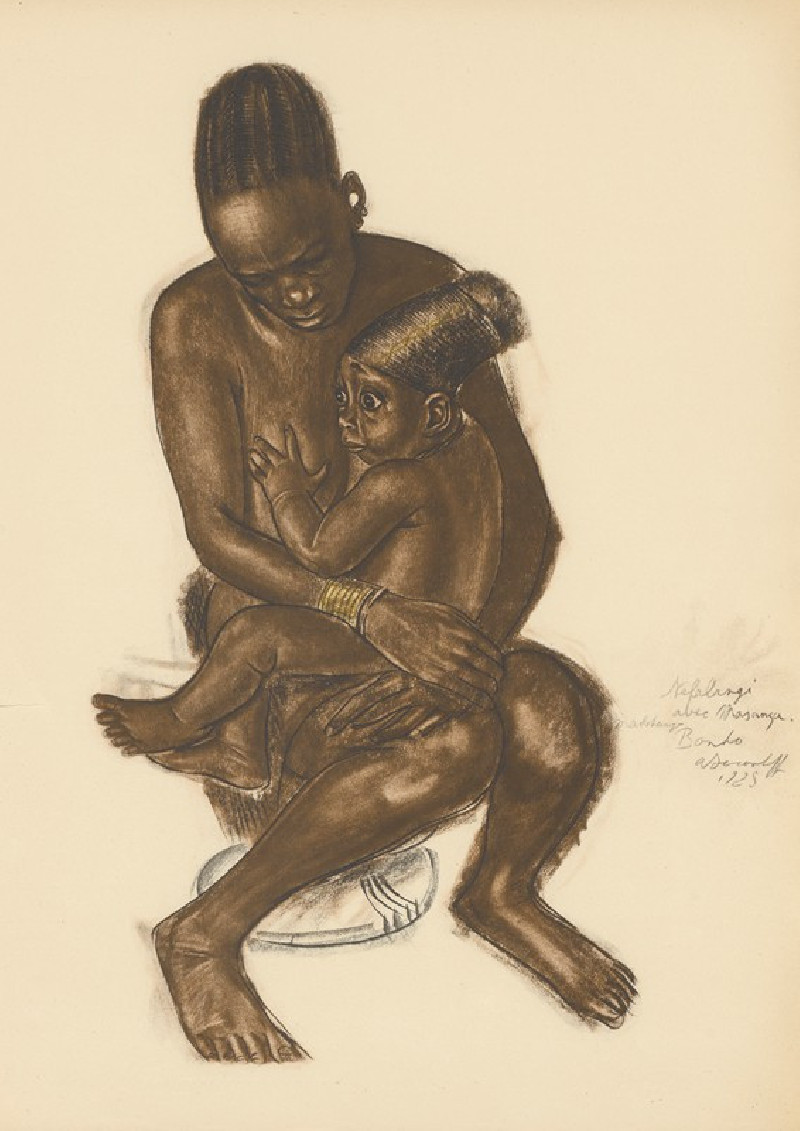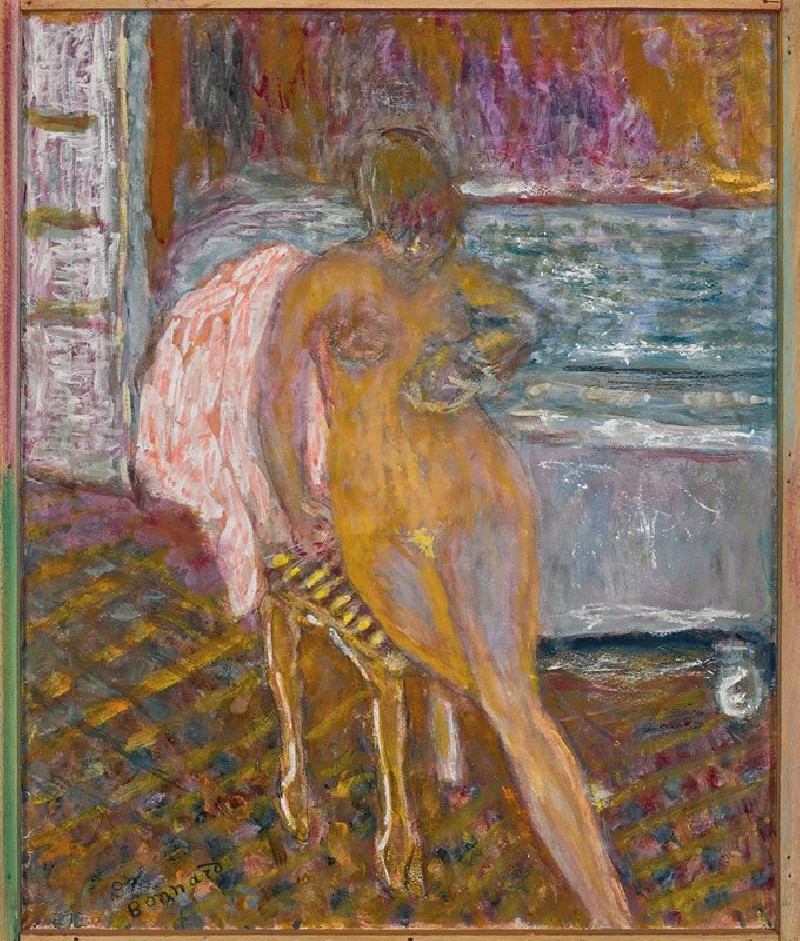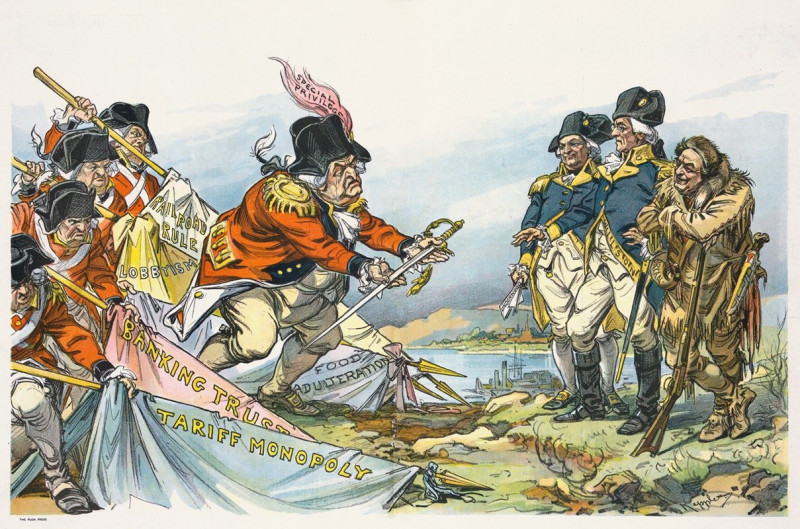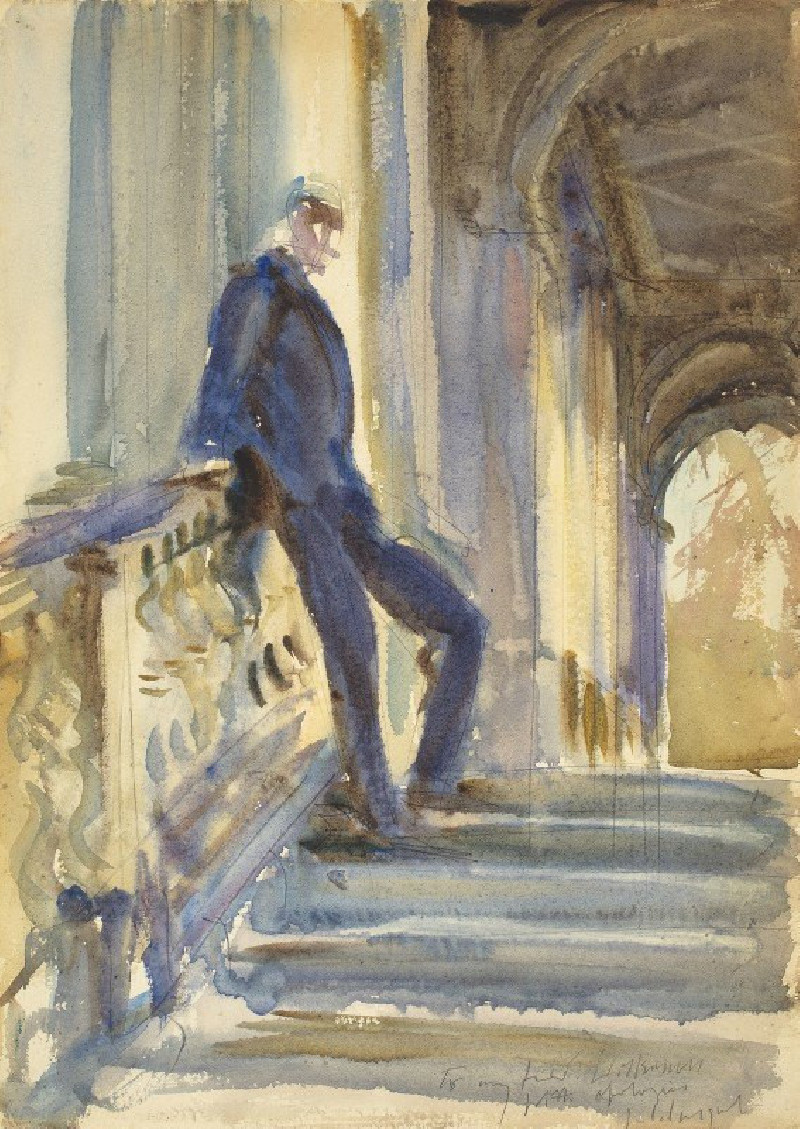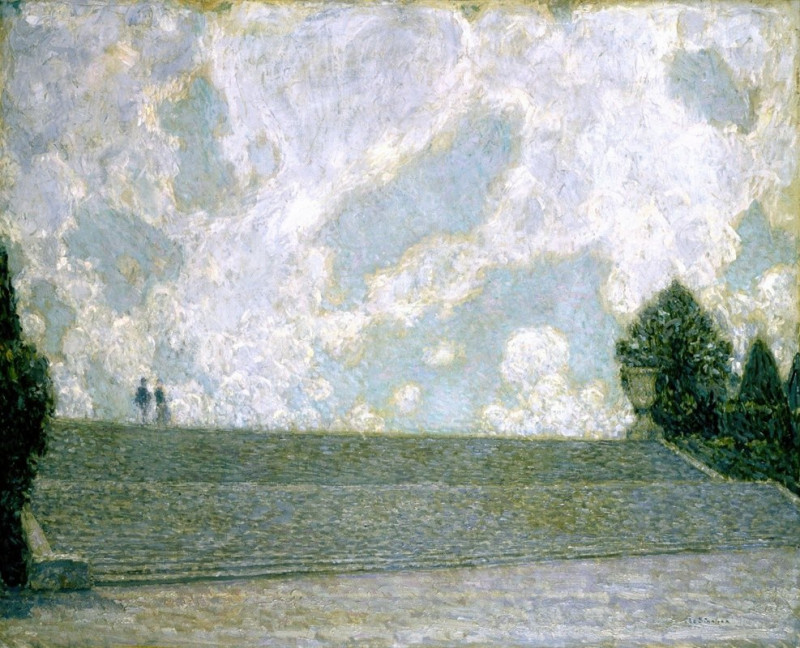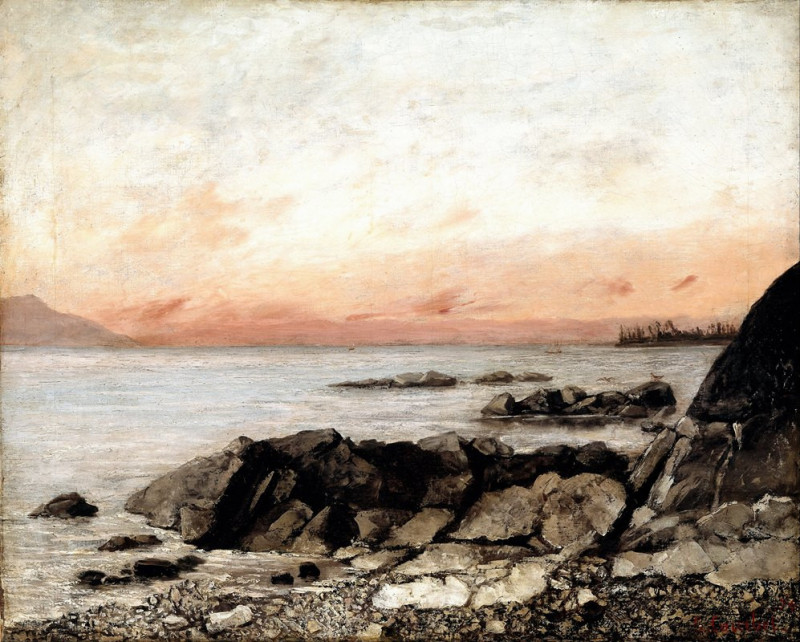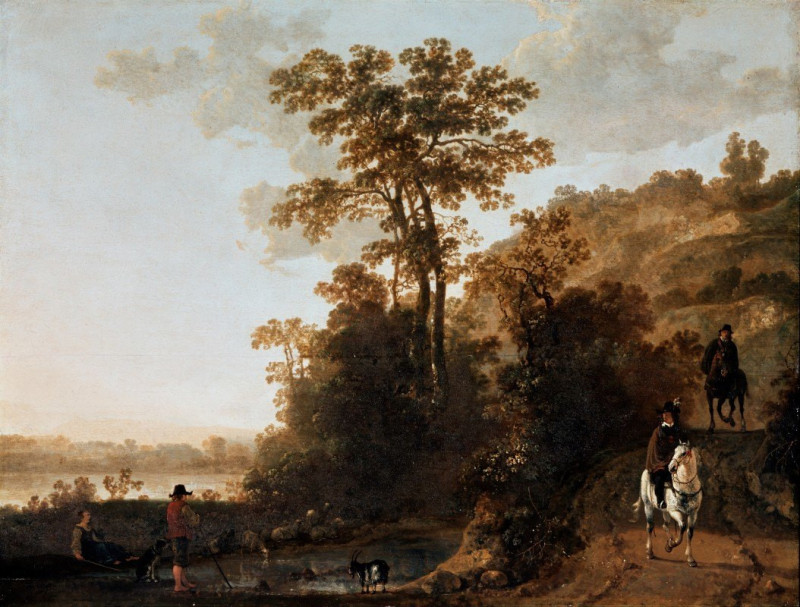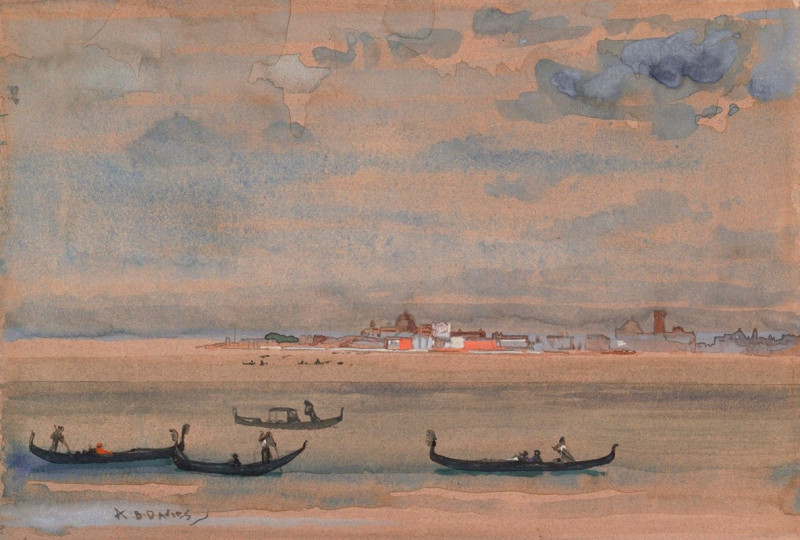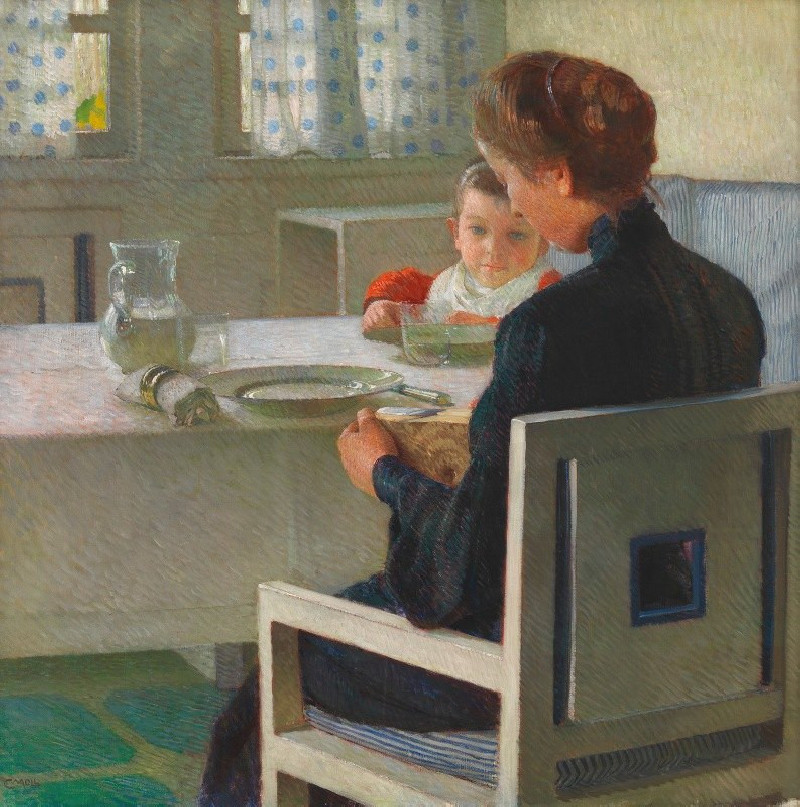Winter Landscape (1925–1930)
Technique: Giclée quality print
Recommended by our customers
More about this artwork
"Winter Landscape" (1925–1930) by Ľudovít Čordák captures the quiet splendor of a snowy scene with a palpable sense of peace and solitude. Through the use of textured brushwork and a subdued palette, Čordák eloquently conveys the cold, muted atmosphere of winter. The painting features tall, dense conifers that dominate the composition, their branches heavy with snow. These trees frame a view of distant rolling hills, partially obscured by the mist of a chilly winter day. The foreground shows a blanket of untouched snow, its surface gently undulating with the contours of the land, and subtly painted to reflect the icy blue and soft lavender hues of shadows cast by the low winter sun. This landscape, devoid of any human presence, invites the viewer to revel in the stillness and majesty of nature in its winter garb.
Delivery
Returns
Ludwig Deutsch was an Austrian painter who settled in Paris and became a noted Orientalist artist.
Details of Ludwig Deutsch's life are obscure. He was born in Vienna in 1855 into a well-established Jewish family. His father Ignaz Deutsch was a financier at the Austrian court. He studied at the Vienna Academy of Fine Arts 1872–1875, then, in 1878, moved to Paris where he became strongly associated with Orientalism.

